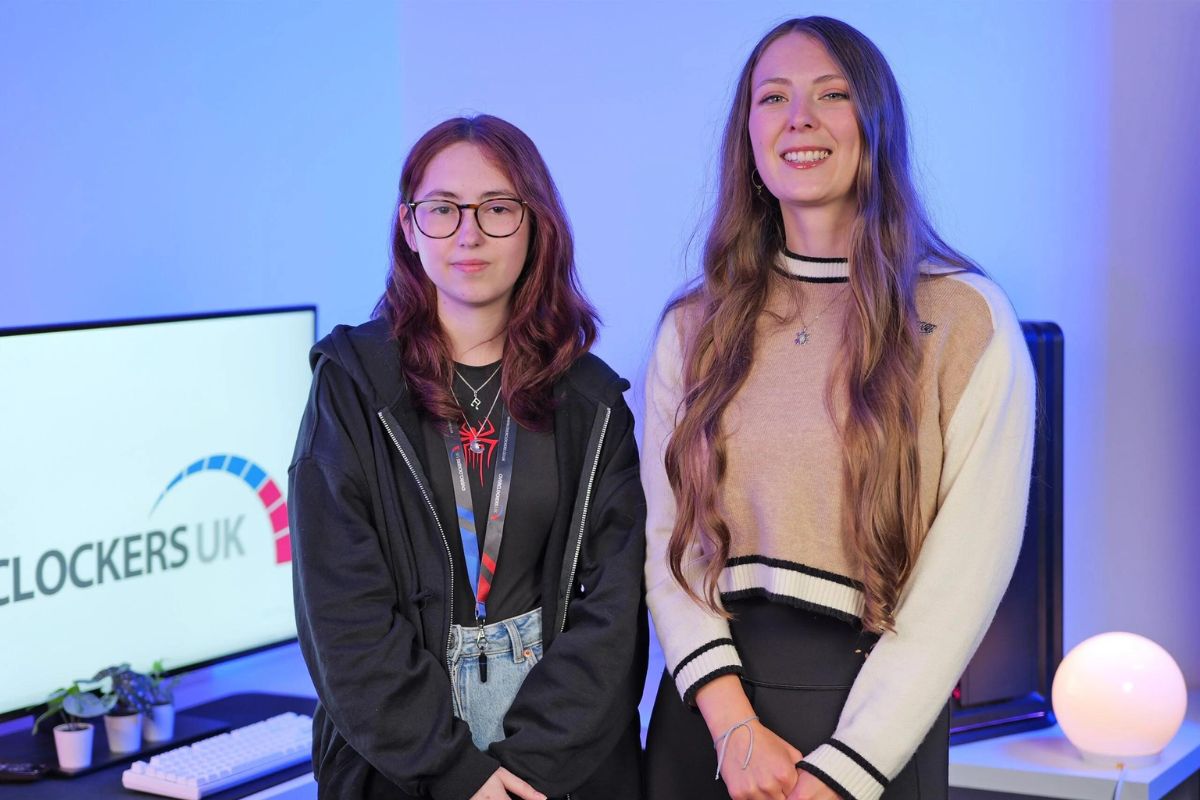IFS: Declining education performance in Scotland, particularly in maths and science

The performance of Scottish pupils in international PISA tests has declined over time in maths and science. Scotland is no longer the best-performing UK nation in maths, as was the case from 2006 to 2012. Since then, scores in maths and science in Scotland have declined to below those seen in England and are now close to the OECD average. Test scores in reading have been more stable over time in Scotland.
New PISA data for 2022 will be published in December 2023. In anticipation of the data, this new IFS report seeks to provide a clear and consistent picture of the performance of Scottish pupils in PISA tests up to 2018, including the extent of inequalities between children from rich and poor backgrounds, and comparisons with other UK nations. The data for 2022 will be the first chance to assess overall performance and inequalities across nations following the COVID-19 pandemic.
Key findings include:
- Scotland’s performance has declined from high to average in PISA maths and science tests. Between 2006 and 2012, pupils in Scotland scored well above the OECD average in PISA tests, and consistently came top of the four UK nations in maths and reading. Since 2006, there has been a gradual decline in Scotland’s PISA scores in maths and science, leaving them much closer to the OECD average, below those in England and similar to those in Wales and Northern Ireland.
- Performance in reading tests has been more stable over time. Reading scores in Scotland have remained above the OECD average over time. Similar trends and levels have been seen for England and Northern Ireland. In contrast, reading scores in Wales remained persistently below the rest of the UK and the OECD average up to 2018.
- There are wide gaps in test scores between pupils from rich and poor backgrounds. Across subjects, between 77 and 91 PISA points separate the top and bottom quintiles in terms of socio-economic background, with the biggest gap being in science. In maths, the gap is equivalent to that between the UK as a whole and Kazakhstan or Romania.
- Better-off pupils underperform in Scotland compared with England, whilst students from disadvantaged backgrounds show similar levels of low performance. The socio-economic gradients for reading and science are very similar in the two nations. In reading, at each socio-economic quintile, performance is very similar in England and Scotland, whilst science performance is higher in each quintile in England than in Scotland.
- Scottish students showed high levels of performance on an additional one-off test of ‘global competence’ in 2018. This concept comes close to measuring one of the Scottish curriculum’s aims of creating more globally aware and responsible citizens. On this measure, Scotland ranks among the very best of all countries that sit the test. However, the socio-economic gap is even larger than in the main PISA tests, with close to 100 points separating the least affluent fifth of students from the most affluent fifth.
Andrew McKendrick, Research Economist at IFS and an author of the report, said:
‘The performance of Scottish pupils in international PISA tests has been disappointing, particularly in maths and science. Scotland has gone from a position of high performer to an average performer. The gap between rich and poor is slightly narrower than in England, but only because richer Scottish pupils score lower than their English counterparts. Large increases in spending and big reforms, such as the Curriculum for Excellence, do not seem to have translated into higher performance in these core subjects, though Scottish pupils did perform very well in a test of ‘global competence’, which may be measuring the impact of the new curriculum. New PISA data will be published next month. This will allow us to see whether Scotland’s declining trend has continued over time, and whether the COVID-19 pandemic has led to a further widening of inequalities.’











Responses